Processing Your Payment
Please do not leave this page until complete. This can take a few moments.
- News
-
Editions
View Digital Editions
Biweekly Issues
- December 1, 2025
- Nov. 17, 2025
- November 03, 2025
- October 20, 2025
- October 6, 2025
- September 22, 2025
- + More
Special Editions
- Lists
- Viewpoints
-
Our Events
Event Info
Award Honorees
- Calendar
- Biz Marketplace
MEREDA 2024 Notable Project: Front Street redevelopment, Portland
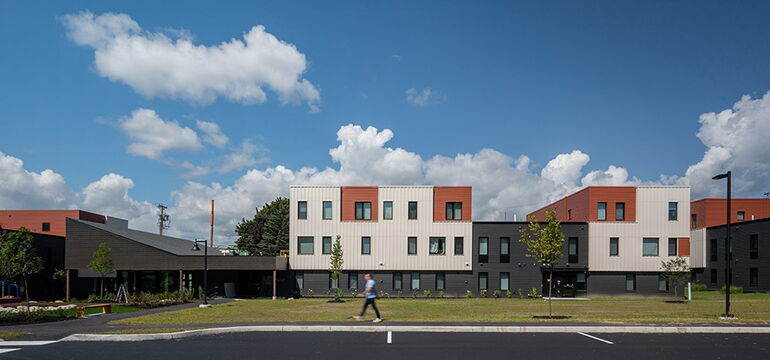 Photo / Courtesy of Randy Crandon
Photo / Courtesy of Randy Crandon
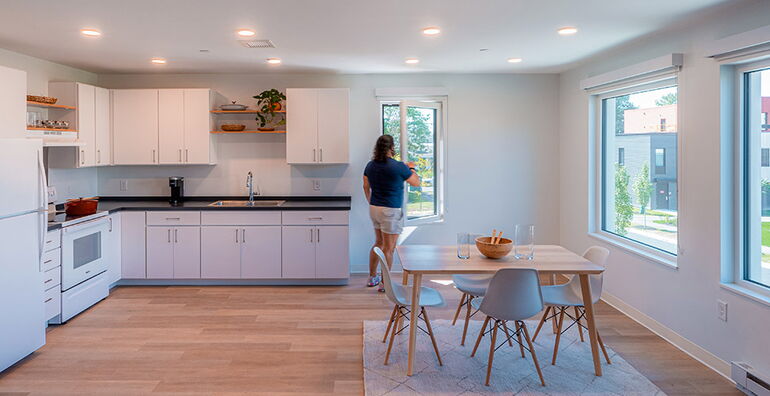 Photo / Courtesy of Randy Crandon
Photo / Courtesy of Randy Crandon
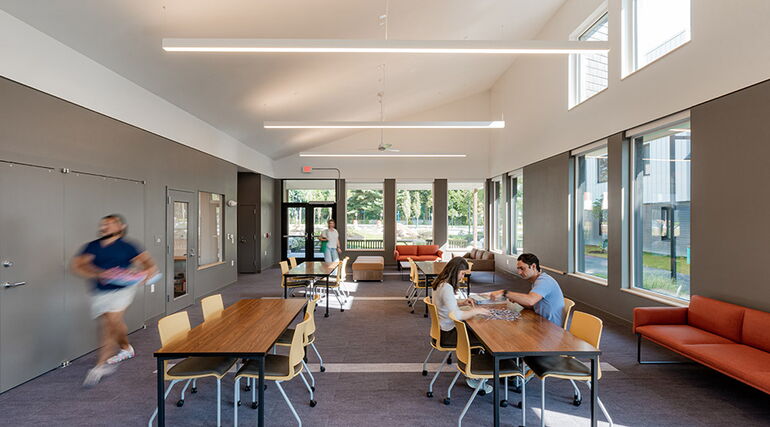 Photo / Courtesy of Randy Crandon
Photo / Courtesy of Randy Crandon
The Front Street redevelopment project in Portland is a transformative effort by Portland Housing Authority and Portland Housing Development Corp. to replace outdated housing with a modern, sustainable and community-focused neighborhood.
Originally built in 1971 as temporary housing, Front Street was constructed on a former city dump to accommodate families displaced during the city’s Urban Renewal era. Over the decades, the prefabricated structures remained in continuous use despite their intended short lifespan.
By the time redevelopment efforts began, the buildings were in poor condition and the site was classified as a brownfield, requiring significant environmental remediation.
Zachau Construction served as the construction manager, overseeing a multi-phase project that included five new low-rise residential buildings spread across two blocks in the desirable East Deering neighborhood, adjacent to Payson Park.
The design, created by Utile, seamlessly integrates the new development into the surrounding community, featuring improved pedestrian connectivity and open spaces that enhance neighborhood cohesion. A central east-west pedestrian corridor links the two blocks, with a new community center and residential support spaces serving as key anchors.
A critical component of the redevelopment was ensuring that existing residents — many of whom had lived in the original units for years — could remain in their neighborhood. The new buildings prioritize family-oriented housing, offering a substantial number of three-, four- and five-bedroom apartments. This is particularly significant given the scarcity of affordable housing in Portland that can accommodate large households.
Sustainability played a major role in the redevelopment. In addition to extensive environmental remediation efforts to clean up the brownfield site, all buildings were designed to meet Passive House standards, emphasizing energy efficiency, indoor air quality, and overall sustainability.
The high-performance buildings feature continuous ventilation, minimal air infiltration and well-insulated thermal envelopes, reducing heating energy consumption by approximately 80% compared to standard code-built structures.
Fact Box
Developer: Portland Housing Authority, Portland Housing Development Corp.
General contractor: Zachau Construction
Architectural team: Utile
Engineering team: Thornton Tomasetti (structural), Peterson Engineering (mechanical, electrical, plumbing )
Landscape: Carroll Associates Landscape Architects
Mainebiz web partners

The Giving Guide
The Giving Guide helps nonprofits have the opportunity to showcase and differentiate their organizations so that businesses better understand how they can contribute to a nonprofit’s mission and work.
Learn More
Work for ME
Work for ME is a workforce development tool to help Maine’s employers target Maine’s emerging workforce. Work for ME highlights each industry, its impact on Maine’s economy, the jobs available to entry-level workers, the training and education needed to get a career started.
Learn More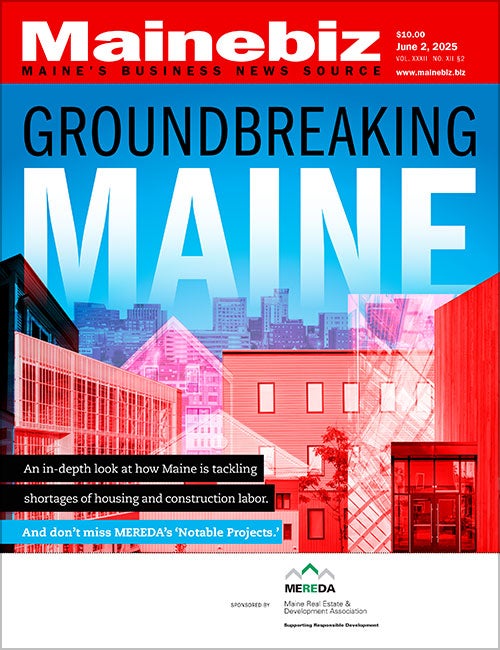
Groundbreaking Maine
Whether you’re a developer, financer, architect, or industry enthusiast, Groundbreaking Maine is crafted to be your go-to source for valuable insights in Maine’s real estate and construction community.
Learn more-
The Giving Guide
The Giving Guide helps nonprofits have the opportunity to showcase and differentiate their organizations so that businesses better understand how they can contribute to a nonprofit’s mission and work.
-
Work for ME
Work for ME is a workforce development tool to help Maine’s employers target Maine’s emerging workforce. Work for ME highlights each industry, its impact on Maine’s economy, the jobs available to entry-level workers, the training and education needed to get a career started.
-
Groundbreaking Maine
Whether you’re a developer, financer, architect, or industry enthusiast, Groundbreaking Maine is crafted to be your go-to source for valuable insights in Maine’s real estate and construction community.
ABOUT
NEW ENGLAND BUSINESS MEDIA SITES
No articles left
Get access now
In order to use this feature, we need some information from you. You can also login or register for a free account.
By clicking submit you are agreeing to our cookie usage and Privacy Policy
Already have an account? Login
Already have an account? Login
Want to create an account? Register
Get access now
In order to use this feature, we need some information from you. You can also login or register for a free account.
By clicking submit you are agreeing to our cookie usage and Privacy Policy
Already have an account? Login
Already have an account? Login
Want to create an account? Register

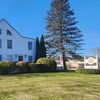
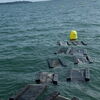



0 Comments